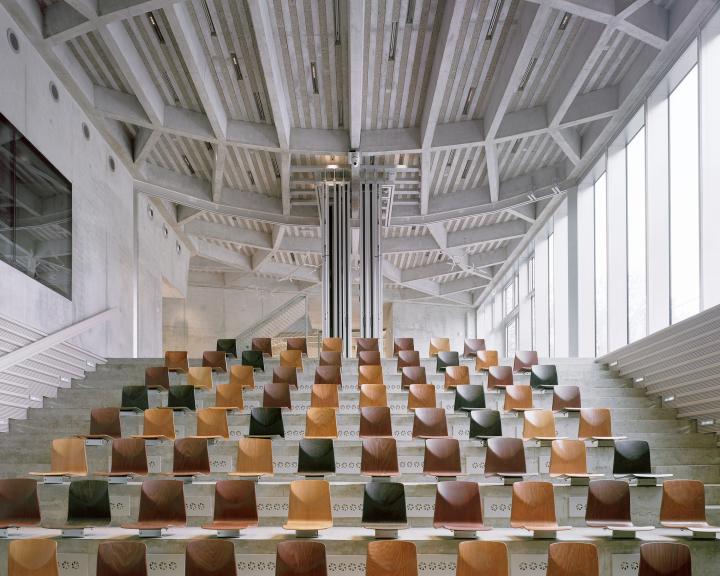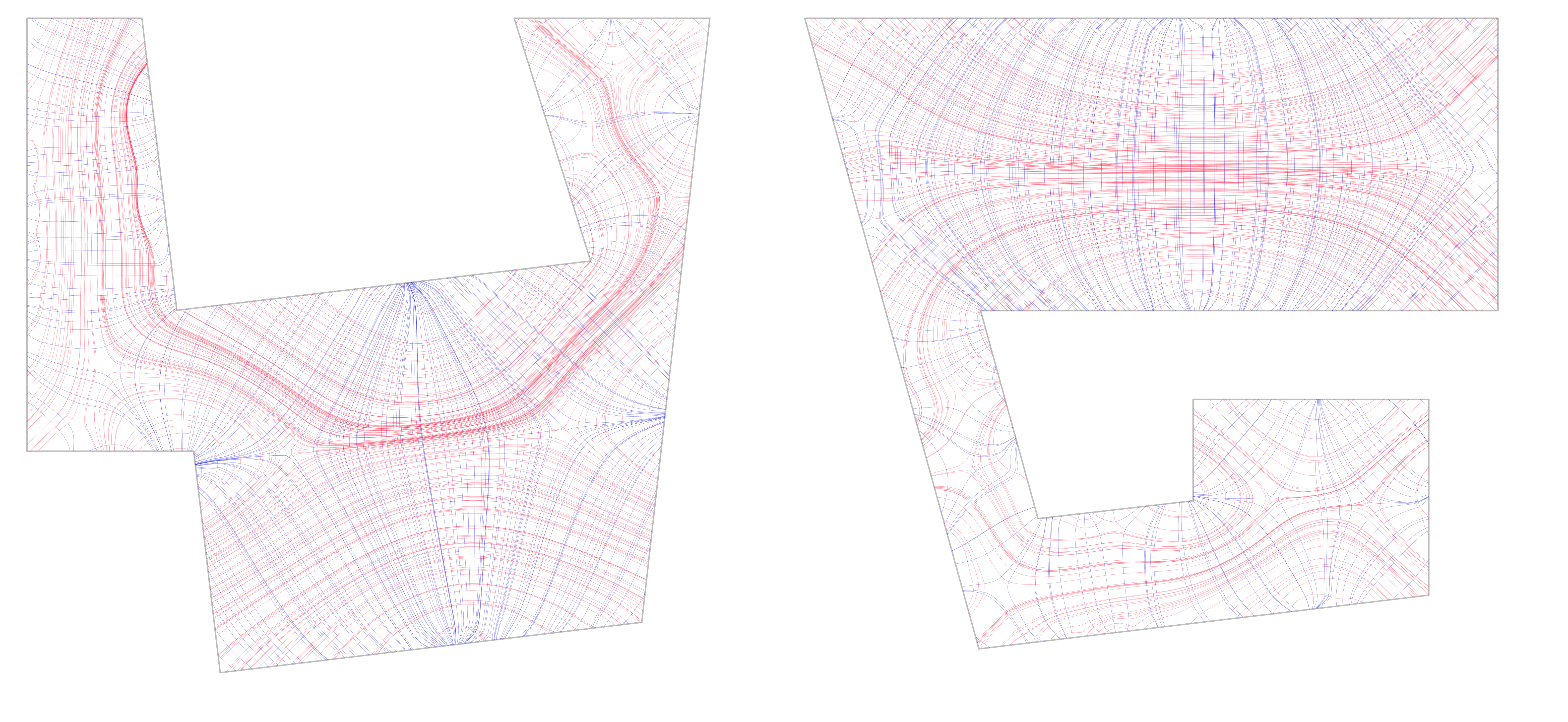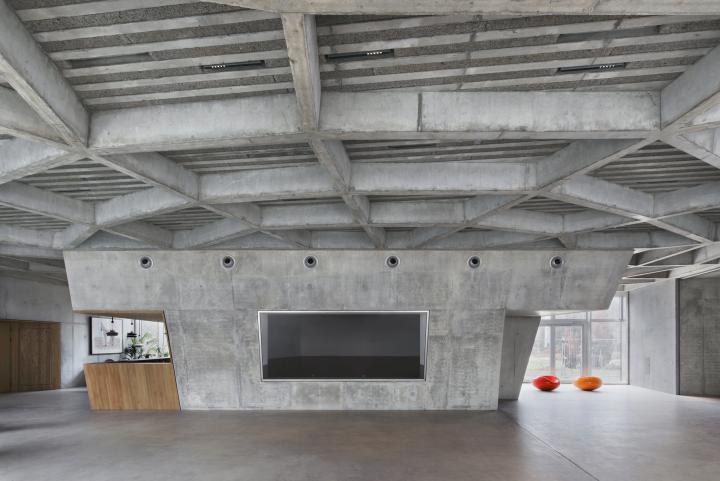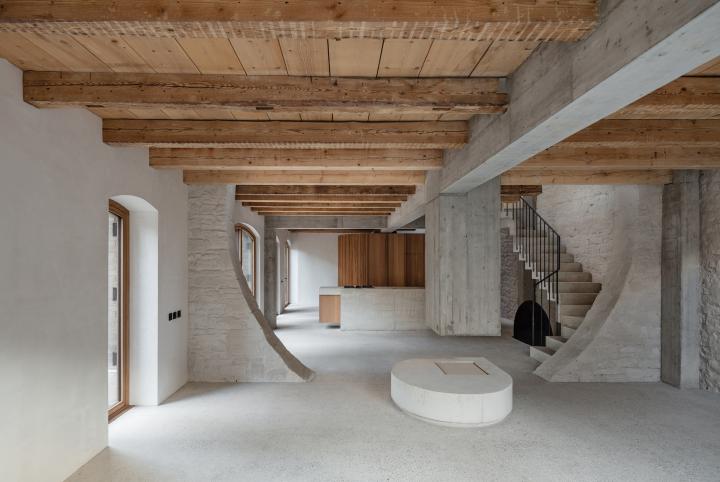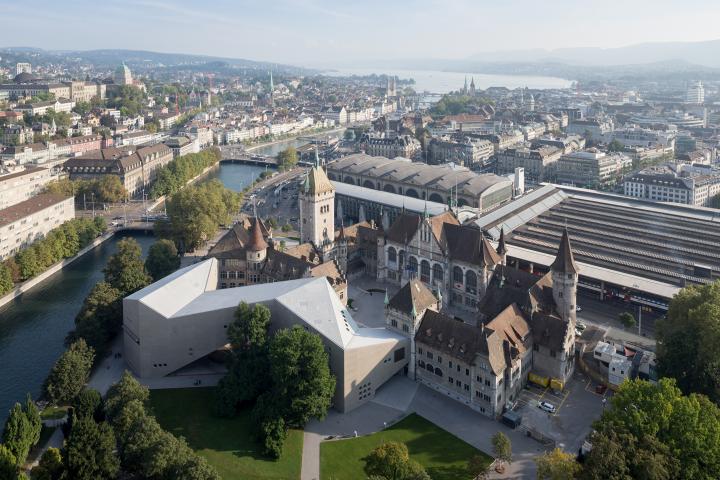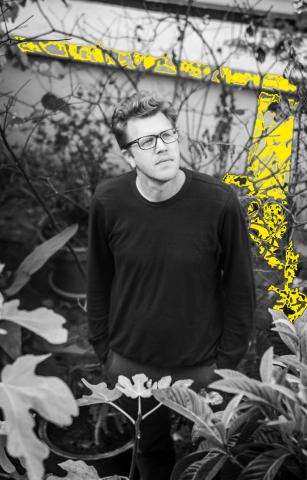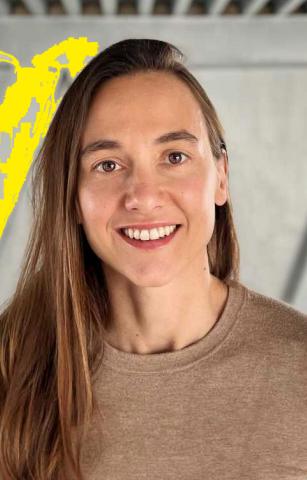Speaker
Kevin Rahner
Concrete Efficiency in Structural Architecture
Efficient load-bearing systems in reinforced concrete are not only key components of structural architecture but also contribute significantly to sustainability. Reducing material consumption leads to a significant decrease in the carbon footprint. By analyzing three case studies of diverse scale, we will highlight methods for achieving structural efficiency in reinforced concrete construction with a reduced environmental footprint.
One example is the Swiss National Museum Extension in Zurich, where a custom concrete mix was developed for the façade, incorporating tuff stone aggregates and a significantly reduced cement content. Adjacent to the building, the entrance gate leading into the park is defined by a triangular trestle-like structure. Using a prestressed tension slab and two inclined compression members, each 40 cm thick, the system enables a clear span of 50 meters with minimal material use.
For the Missionstrasse project in Basel, the preservation of the structural framework of a 150-year-old ancillary building was a key objective. Both the façade and the internal wooden structure were meticulously integrated into a new concrete sculpture that defines the space. The ceilings were upgraded with wood-concrete composite slabs to enhance structural performance.
The Spore Initiative project in Berlin serves as a prime example of re-use and sustainability. A ceiling structure spanning nearly 12 meters was developed based on the principal load paths, allowing it to efficiently transfer the substantial loads from the museum onto a limited number of load-bearing elements. The formwork used in this process was subsequently repurposed to create a pavilion on the rooftop terrace.
CV
Dr. Kevin M. Rahner has been a partner at Schnetzer Puskas Ingenieure since 2016. He joined WGG Schnetzer Puskas Ingenieure in Basel in 2005 and became an Associate in 2009. He graduated as an engineer from the Technical University of Stuttgart in 2002 and received his doctorate from ETH Zurich in 2015 under Prof. Dr. Peter Marti and Prof. Walter Kaufmann. Before joining WGG Schnetzer Puskas Ingenieure, he was a project engineer at Walther Mory Maier Bauingenieure AG in Basel and at Dr. Weiss Ingenieurgesellschaft in Freiburg i. Breisgau.
Dr. Kevin M. Rahner accompanied the guest lecturers Buchner Bründler Architekten at ETH Zurich 2010-2011 and has been working at the Faculty of Architecture at FHNW Basel since 2016. He is a member of the specialist group for bridges and structural engineering (FBH) as well as a member of the Commission for Sustainability and Environmental Standards of the Swiss Society of Engineers and Architects SIA.

